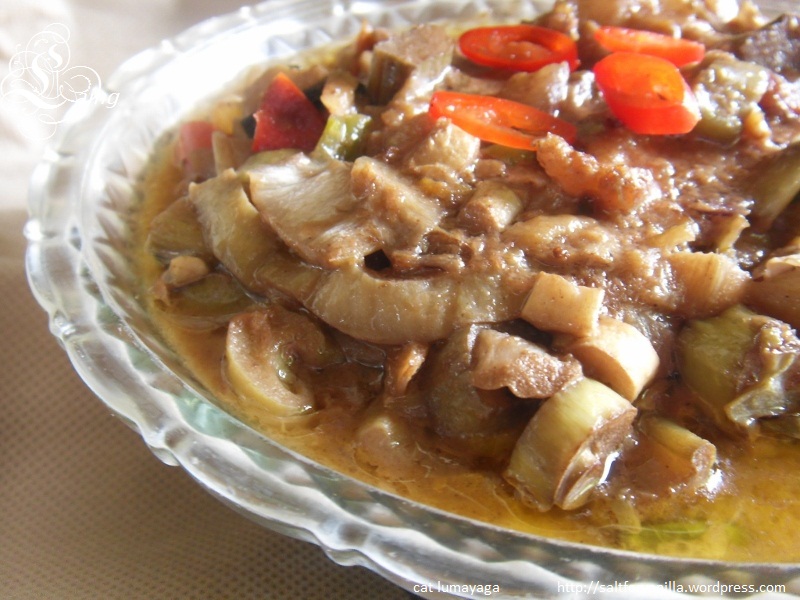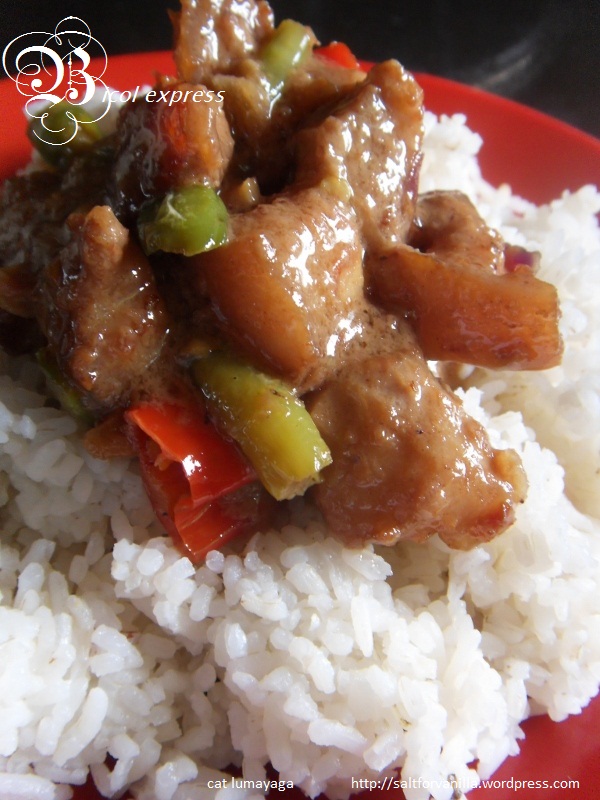If one take a quick look at me, one would say I am unmistakably Filipina, mutya or otherwise. Perhaps my olive skin gave it away. Rather, I’d prefer it if my outlook and presence that enfolds my personality would be taken into account.
As of late there’s been a bevy of Filipinos all over the world. Most of them of pure Filipino blood, some with a mixed race, and some even with a foreign blood would claim to be “Filipino at heart.”
It’s completely on you to be the Filipino you believe you are. I am a Filipino and I am proud to be one. My feelings and thoughts are above me that no words can completely explain why I believe to be so.
So how about, I’m just curious, about those who are not of pure Filipino blood and those who are but were born abroad?
I am so curious that I will take some time and effort to search the web, my magazine collection and the internet again to find out. Only, I’d be searching those who I really like and love (celebrities and not).
Now that I’ve thought, wrote and talked about this. I’m suddenly inclined to make Laing and Bicol Express. One with a slight (in my standards) hint of spiciness and the other (still in my standards) has the ability to blow your heads off.

Laing:
Ingredients:
2 porkchops cut into cubes
2 pieces of ginger, thumb-size, peeled and minced
6 cloves of garlic, peeled and crushed then minced
1 onion peeled then minced
2-4 chillies roughly chopped (I used red inch long chillies, I don’t know the variety but one was good enough to burn my tongue so it’s up to you to adjust the level of spiciness)
3-5 tbsp shrimp paste ( I used the one from Iloilo, the best I’ve had so far)
2 tbsp vegetable cooking oil
4 cups of coconut milk (if using fresh, combine the first and second extractions)
4 cups semi-dried AND fresh taro leaves
patis (fish sauce) to taste
Procedure:
1. Heat the cooking oil in a pan. Add the pork and cook, stirring, until the colour changes. Add garlic and ginger and sauté for a few minutes.
2. Then add the sliced onion and continue sautéing until the onion starts to caramelize. Keep it at medium heat and you’ll notice that the pork starts to brown and become a bit crisp.
3. Add the chillies. Then the tomatoes and sauté the tomatoes until the tomatoes start to soften.
4. Add the shrimp paste.
5. Add the taro leaves. It will look crowded, worry not, the leaves will wilt. Add the coconut milk. Cover the pan and let boil.
6. As it boils, press the taro leaves and stalk down into the sauce. Season with patis, stir some more. Turn down heat to low, cover the pan completely then simmer for at least an hour.
7. After that time, the taro leaves and stalks will be soft and so will the pork cubes. Adjust the taste to your liking. You may opt to make it dry, cook uncovered for a few minutes more until its dry enough for you.

Bicol Express:
You will need:
½ kilo pork (shoulder or belly), cut into one-inch cubes
6-8 finger chilies
1 onion (or two shallots), peeled and thinly sliced
1 piece ginger, thumb size, minced
6 cloves garlic, finely chopped
2 stalks lemongrass, finely sliced (see tips)
3 to 4 tbsps cooking oil
1 ½ cup coconut cream
3-5 tbsp shrimp paste
patis (fish sauce), to taste
Procedure:
1. Heat the cooking oil in a pan. Add the pork and cook over high heat, stirring often, until it changes color.
2. Add the ginger, garlic and lemongrass. Cook, stirring, until fragrant, about a minute.
3. Add the chillies then onion. Stir. Add the shrimp paste. Season with fish sauce. Pour in about a cup of water. Bring to a boil, cover, lower the heat and simmer for 30 minutes or until the pork is tender.
4. Stir in the coconut cream. Adjust the seasonings. When the sauce starts to bubble, turn off the heat.
This Bicol Express is very rich and creamy and very spicy. It is best served with steamed rice, lots of it.
Enjoy.

11/12/2012 at 6:55 amI am Filipino by heart with mix Filipino-Lebanese Heritage. Also, from Bicol Express and Laing is our national dish.
11/12/2012 at 6:56 amI meant from Bicol and our national dish is Bicol Express and Laing.
11/12/2012 at 7:35 amReally? I was wondering about your last name’s origin. I’ve been thinking of posting a laing and bicol express recipe since last year or so but I keep on delaying it, so here goes. I made both dishes at once to make sure.
11/12/2012 at 2:41 pmI don’t eat meat but this dish reads and looks so appetizing. I’m passing the recipe along to my family members that might like it. Especially my nephew who loves spicy food and is a good cook. He’ll really like it. I am not Filipino.
11/12/2012 at 8:15 pmThank you! 🙂